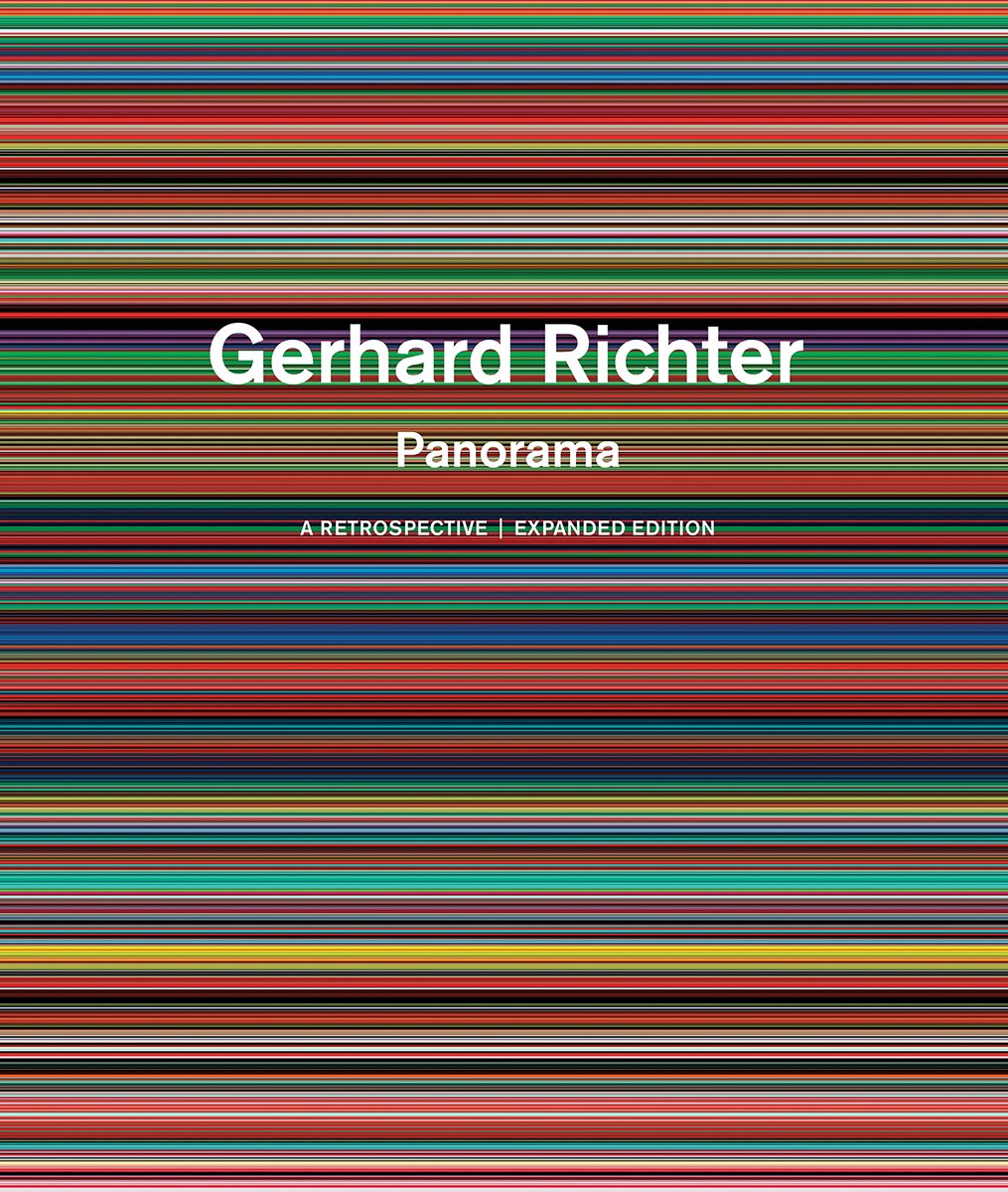Right now, we are living in a period where the emphasis is on shooting. Editing is almost an afterthought. Something that is done afterwards. For some it is an attempt to 'try to make the picture look good', and for the few who have figured it out - they have come to realise that editing is related to what they noticed in the field. Indeed, I often choose locations to make a picture due to their tonal properties - I know they will work well in the edit stage because they have enough tonal separation to work with.
I do not treat the editing stage lightly. I have found it is perhaps the biggest contributor to my 'style'. It is a highly creative space to work in and I will spend hours, if not days and weeks working on a portfolio of new images.
I'd also add;
"Good prints are made from good edits.
And good edits can only be verified by reviewing prints"
This is most certainly true. You can't make a good print from a badly edited image, and likewise, you can't make a good edit without printing it to evaluate it. Let me explain.
When I came to preparing my Colourchrome book for publication last year, I printed every single one of the 40 images. I had to do this because it's the only way to confirm to myself that I've got my edits right.
"A calibrated and profiled monitor will only get you so far.
I've been fooled many times by seeing colour casts and other problems in the final print that weren't initially obvious on the monitor.
I would go back to see if they were visible on the monitor only to find out they were. I now print to verify that what I'm seeing is true. It's the only way"
Even though my monitor is calibrated and profiled to give me the most accurate representation of what's in my files, I still find discrepancies once I print them. This is because the eye is highly adaptable and once we've seen the image on the monitor for a while, we adapt to the monitor's colour and tonal response. For me, I've found that after a while I can't see colour casts. I need to print the work to verify it.
When I find discrepancies in the print, I go back to the monitor to check if those discrepancies are visible there also. They always are. Yet I had not seen them, because my eye had 'adapted' to the monitor the more I looked at it and I've come to realise that there is yet another skill required to 'interpret' what my monitor shows me.
Until I master being able to 'read' my monitor, the only way to 'see' the picture, is to print it out.
"We all should print.
It forces us to look again"
Prints also force us to take note of the luminosity of the tones in the print. It's only when I print that I notice that I'm not taking advantage of the tonal range available to me. You can of course use the hand widget in the Curves tool to interrogate tones to find out where they reside in the tonal scale. Or even use the LAB mode's Luminosity value in the info palette to show you where the tones really reside, but you still need to print the image out.
"Where I once thought something was bright and stood out,
I'm sometimes confronted with a lacklustre tonal range in print.
The print tells me I haven't gone far enough"
It's really a case of learning to interpret what your monitor is telling you. It's very hard to do because our eye adapts to what the monitor shows us and we become blind to what is actually there.
"If you aren't printing: then you aren't getting the most out of your edits.
And ultimately, the images aren't optimised"
So you need to print. All photographers should print because it is a vital step in pushing your images to the best they can be.
Printing is also a step in learning to 'see' better, because we are forced to look again, to re-interpret the print and notice how it differs from what we thought you were seeing on our monitor.
My advice is - print, and incorporate it as part of your editing workflow. Printing helps inform your edits and show where you need to tighten up on tones that aren't as bold as you thought they were.
"Did I say you need to print?
...You need to print!"
















